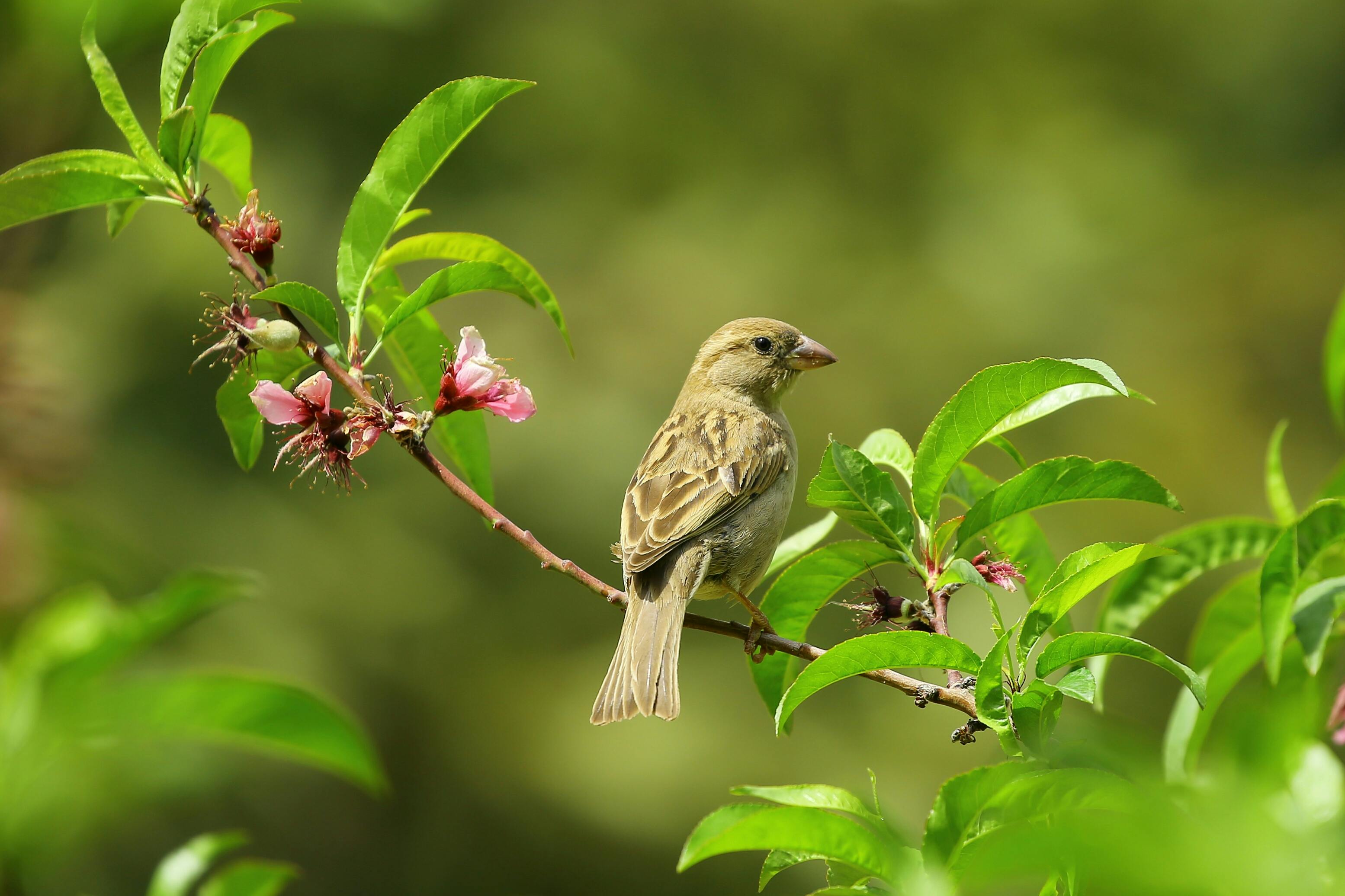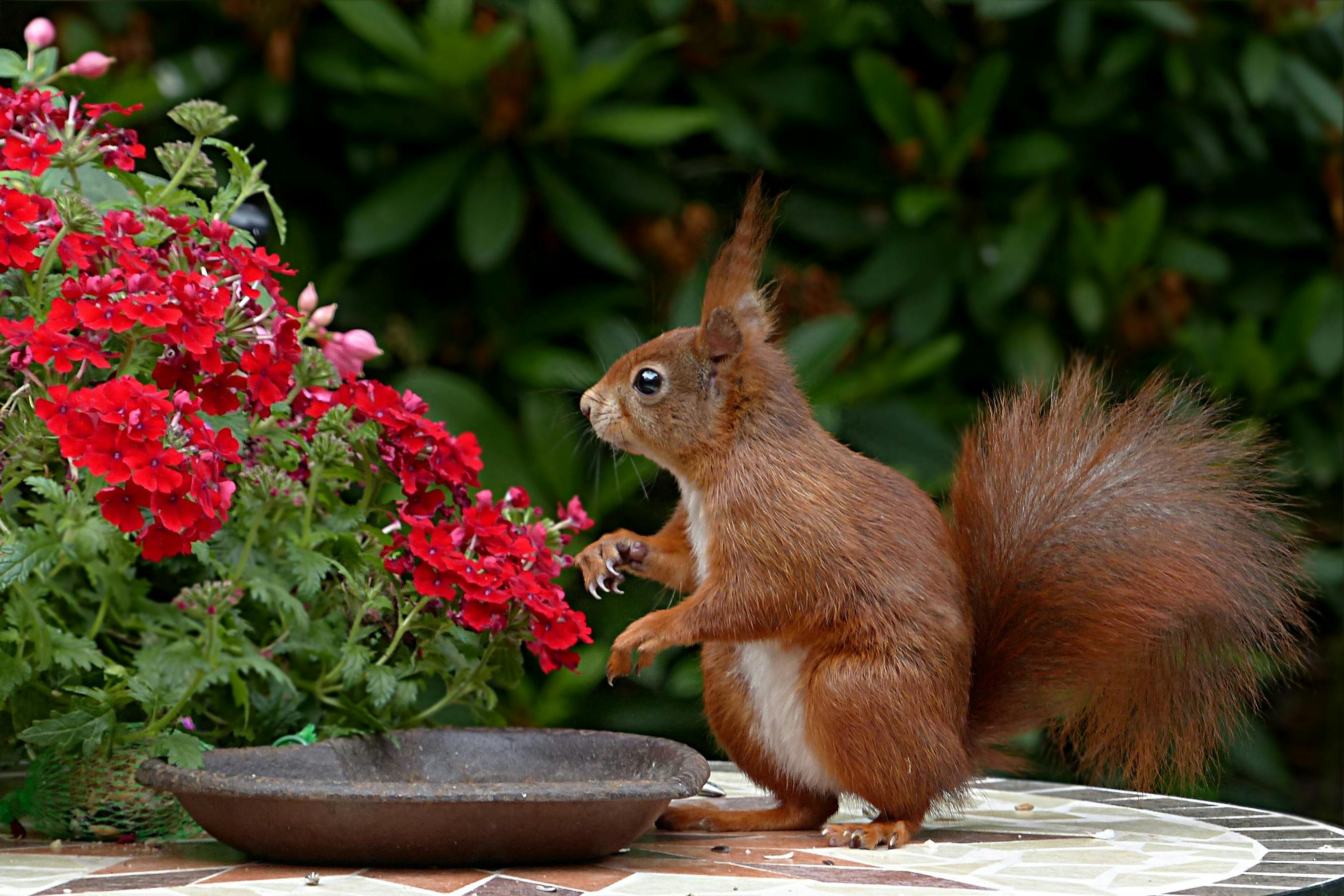Birds laying eggs in plant pots can be a common occurrence for gardeners. It is a natural behaviour of birds to search for sheltered and safe places to lay their eggs. Plant pots provide birds with the perfect conditions to create a safe nest and lay their eggs. As a result, gardeners may find that their potted plants are host to these feathered visitors. In this article, we will explore the types of birds that lay eggs in plant pots as well as what can be done if you find eggs in your potted plants.Various types of birds can lay eggs in plant pots, such as house sparrows, finches, starlings, and doves.
Common Birds That Lay Eggs In Plant Pots
Gardeners and bird enthusiasts alike may be surprised to learn that certain birds will lay their eggs in plant pots. While some of these birds prefer to nest in more traditional birdhouses, others have adapted to using plant pots as nesting sites. Here are some of the most common birds that lay eggs in plant pots.
One of the most common species is the House Sparrow (Passer domesticus). This small bird is found throughout much of North America and Europe, and it often makes its nests in plant pots or other containers. The House Sparrow typically builds its nest from grass, twigs, and other materials found around the garden.
Another popular species is the Tree Swallow (Tachycineta bicolor). This small migratory bird is found in North America and breeds during the spring and summer months. Tree Swallows prefer nesting in tree cavities, but they will also use plant pots if they are available. The nests are made from grasses, leaves, feathers, and other materials found near their nesting site.
The European Starling (Sturnus vulgaris) is another species that commonly lays its eggs in plant pots. These birds can be found throughout much of Europe, Asia, Africa, and parts of North America. The European Starling builds its nest from grasses, twigs, feathers, hair, mosses and other materials it finds near its nesting site.
Lastly, the Eurasian Collared Dove (Streptopelia decaocto) is another species that frequently nests in plant pots or other containers. This medium-sized dove can be found across much of Europe and Asia as well as parts of North America. Its nests are typically constructed from grasses and twigs but may also include bits of feathers or other material gathered from nearby sources.
These four species are some of the most common birds that lay eggs in plant pots or other containers around gardens throughout much of the world. Gardeners should be aware that these species may take up residence in their flowerpots or planters if given a chance!
Why Birds Choose To Lay Eggs In Plant Pots
Birds have been known to lay eggs in many different kinds of places, but perhaps the most unusual place is in a plant pot. This behavior is more common than you might think and there are several reasons why birds may choose to lay their eggs in this particular location.
One of the main reasons why birds may choose to lay eggs in plant pots is because it provides a safe and secure environment for the eggs. Plant pots are generally sheltered from wind and rain, which can damage delicate eggshells if exposed for too long. This makes plant pots an ideal nesting spot for birds that want to ensure their eggs will remain safe until they hatch.
Another reason why birds may choose to lay their eggs in plant pots is because it offers some camouflage. The camouflage provided by the plants or soil inside the pot helps conceal the eggs from predators that might otherwise be able to spot them easily. This also helps protect the developing chicks from harm until they are ready to fledge and leave the nest.
Finally, birds may also choose to lay their eggs in plant pots because it offers a more comfortable temperature for incubating the eggs. The soil and plants inside of a pot can help regulate temperature, keeping it warm enough for the chicks to develop properly without getting too hot or cold. This can be especially important in areas with extreme weather conditions where temperatures can fluctuate drastically throughout the day.
In conclusion
In conclusion, there are several reasons why birds may choose to lay their eggs in plant pots rather than other locations. These include protection from harsh weather conditions, camouflage from predators, and more comfortable temperatures for incubating their young. All of these factors make plant pots an attractive option for many bird species when selecting a nesting site.

Types of Plants That Attract Birds To Lay Eggs In Plant Pots
Birdwatching is a popular pastime for many people, and it’s no wonder why. Birds come in a variety of shapes, sizes, and colors and their presence can bring life to even the most mundane of outdoor spaces. One way to ensure that you have a wide variety of birds visiting your garden is to provide them with the shelter they need to lay eggs and raise their young. The type of plants that attract birds will vary depending on the species of bird you want to attract, but there are some common plants that work well for many different types.
One type of plant that attracts birds is shrubs or trees. These provide a safe place for birds to nest as well as food in the form of berries or seeds. Shrubs such as juniper, holly, and cherry offer colorful berries which serve as an excellent source of nutrition for birds. Trees such as maple, oak, and ash provide food in the form of nuts or acorns which are also good sources of nutrition.
Annuals are another type of plant that can attract birds. These are short-lived plants that bloom each year and then die off at the end of the season. Annuals such as marigolds, petunias, daisies, impatiens, and cosmos are all attractive to many species of birds due to the bright colors and sweet nectar they produce. These annuals can be planted directly into planters or containers for easy access by birds looking for food sources in your garden area.
Finally, perennials are long-lived plants that come back year after year with minimal care from us gardeners. Perennials have the advantage over annuals in that they require less maintenance yet still provide plenty of nutrition for birds looking for sustenance throughout the year. Some perennials such as coneflower and black-eyed Susan produce large amounts of seeds while others like hostas offer protection from predators with their thick foliage coverings.
By planting a variety of these types of plants in your garden area you can create an inviting space where birds can come to rest and feed throughout the year!
Identifying Bird Eggs in Plant Pots
The presence of bird eggs in your plant pots can be a delightful surprise, but you may also be wondering how to identify them. Knowing what type of bird the eggs belong to can help you determine if the birds are native to your area and if they might need any special care or protection. Here are some tips to help you identify bird eggs laid in plant pots.
One of the best ways to identify a bird egg is by its size and shape. Different species of birds have different sized and shaped eggs, so it can be helpful to make a comparison with other bird eggs that you know. Take a look at photos online or check out your local nature center for more information on different types of bird eggs.
You can also use color as a way to distinguish between species of birds. While most bird eggs are generally white, there are some species that have colored eggs, such as robins, which have bright blue speckled eggs. Other species such as woodpeckers lay white-ish brown speckled eggs, while mourning doves lay pale pinkish gray eggs.
Another way to identify bird eggs is by looking at the pattern or markings on them. Some species have distinctive patterns or markings on their shells, while others may have no markings at all. It’s important to note that some birds will even lay their egg in another bird’s nest, so make sure you take this into consideration when trying to identify the egg’s origin.
Finally, if you want to be sure that the egg belongs to a particular species of bird, it is best to consult with an ornithologist or wildlife expert who can help you accurately identify the egg and its origin. They will be able to tell you more about the habitat and nesting habits of the specific type of bird so that you can provide them with the best possible care and protection moving forward.
Potential Problems With Birds Laying Eggs In Plant Pots
Birds laying eggs in plant pots can present a number of potential problems. The first issue is the destruction of the plants. When birds choose to nest in a pot, they will often disrupt the root system, uproot the plant, or peck away at delicate foliage. This can lead to damage and death of the plants in that pot. Secondly, birds may bring parasites and disease into your garden. If not treated properly, these can spread to other plants and make them vulnerable to more serious issues like root rot or fungal diseases. Finally, birds often leave behind unwanted droppings which can be both unsightly and unhygienic. Bird droppings are also highly acidic and can cause damage to both your plants and their containers if left for too long.
Therefore, it is important to discourage birds from laying eggs in your plant pots by making sure they are securely lidded or covered with netting or mesh. Keeping your garden clean and tidy also helps as this reduces the amount of food available for nesting birds. Additionally, you may want to consider planting bird-deterrent plants such as lavender or rosemary around your outdoor space as these will help discourage birds from nesting near your pots.

Conclusion
Birds laying eggs in plant pots is a common occurrence that can be both an exciting and alarming experience for gardeners. Although it can be a nuisance, there are ways to deter birds from nesting in these areas. To prevent birds from nesting in plant pots, gardeners can use bird netting, add spikes to the tops of the pots, or simply keep plant pots inside or away from areas with high bird activity. While these methods may help deter birds from nesting in plant pots, it is also important to remember that birds have a right to nest where they please.
Ultimately, understanding the behavior of birds and being aware of the potential hazards associated with them nesting in your garden can help you decide what method will work best for you and your plants. With a little bit of effort, you can make sure that your garden is safe both for you and for any feathered friends that may choose to take up residence there.

